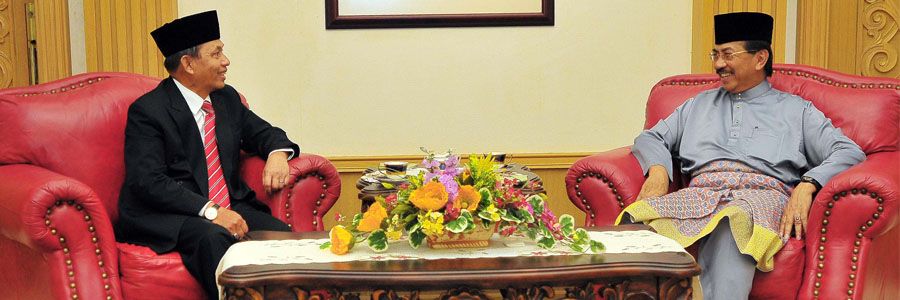KOTA KINABALU: Sabah will have affordable energy and improved electricity supply once a RM2.3 billion hydropower project is completed in six years' time.
With a capacity of 180MW, the Upper Pada Hydroelectric Power Project (UPHEP) will be able to generate reliable electricity supply for the state.
Construction is expected to begin next year at the Pada basin, upstream of Kuala Tomani in Tenom.
It is expected to be completed in 2019.
Energy, Green Technology and Water Minister Datuk Seri Dr Maximus Ongkili said UPHEP would not involve a large water catchment area as only 590ha would be used, involving 2.3ha per megawatt.
"In comparison, the Bakun project requires up to 29ha of land per megawatt of power generated and the Murum hydro project, 26ha per megawatt.
"Therefore, this project qualifies for the Clean Development Mechanism status under the United Nations' Framework Convention on Climate Change," he said yesterday.
He added that the project was approved with a government loan of RM569 million.
Ongkili, who conducted an aerial inspection of the project site and the Tenom Pangi hydropower station, said the construction of UPHEP would not only i
With a capacity of 180MW, the Upper Pada Hydroelectric Power Project (UPHEP) will be able to generate reliable electricity supply for the state.
Construction is expected to begin next year at the Pada basin, upstream of Kuala Tomani in Tenom.
It is expected to be completed in 2019.
Energy, Green Technology and Water Minister Datuk Seri Dr Maximus Ongkili said UPHEP would not involve a large water catchment area as only 590ha would be used, involving 2.3ha per megawatt.
"In comparison, the Bakun project requires up to 29ha of land per megawatt of power generated and the Murum hydro project, 26ha per megawatt.
"Therefore, this project qualifies for the Clean Development Mechanism status under the United Nations' Framework Convention on Climate Change," he said yesterday.
He added that the project was approved with a government loan of RM569 million.
Ongkili, who conducted an aerial inspection of the project site and the Tenom Pangi hydropower station, said the construction of UPHEP would not only i
ncrease Sabah Electricity Sdn Bhd's (SESB) capability to generate power but would also provide a flood-mitigation measure, especially for Beaufort and Tenom.
He also said the project would create 1,000 jobs during its construction phase.
It would also resuscitate Tenom's economy, he added. -nst
He also said the project would create 1,000 jobs during its construction phase.
It would also resuscitate Tenom's economy, he added. -nst














